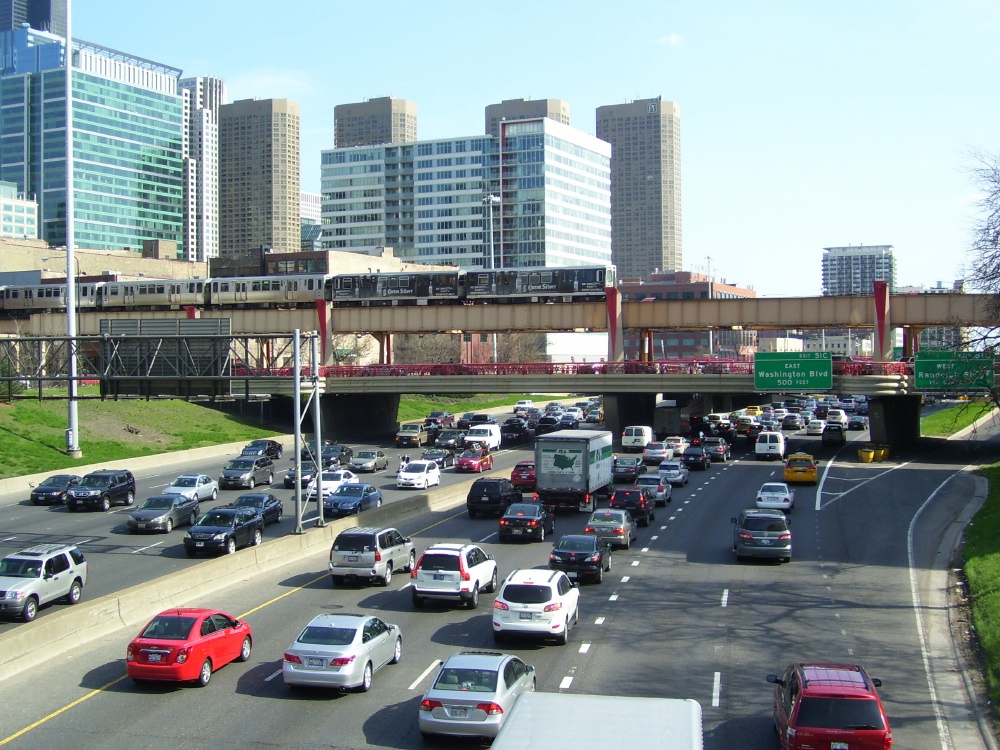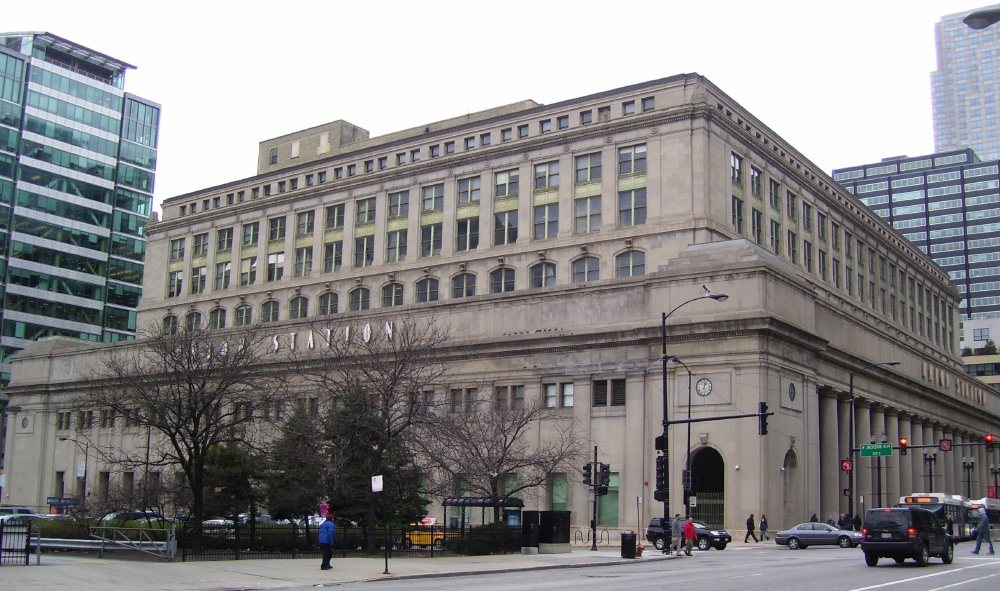America’s Love Affair — with Its Cars
It’s a well known fact that Americans love their cars. However, with continued fluctuation in gasoline prices and increasingly congested highways, many Americans are becoming more receptive to giving up their cars – or at least trading the daily commute to and from work – for a trip where someone else does the driving. One possible solution that addresses both high gas prices and clogged roadways is high-speed rail.

In Europe and Asia, where high-speed rail is well established, countries and individual riders alike have enjoyed far ranging benefits as a result – economic, social, environmental and in added convenience. High-speed rail has also begun to gain traction in the United States. The Obama administration has been especially enthusiastic about high-speed rail, allocating millions of dollars to its expansion.
High-Speed Rail Defined
The definition for high-speed rail in the United States differs from the definition used in the rest of the world, where high-speed rail is faster. For instance, the definition of high-speed rail in the European Union covers trains that travel up to 250 km/h (or 156 mph) on newly constructed lines. The EU defines high-speed rail on converted or upgraded lines as trains that travel up to 220 km/h (or 136 mph). At this writing, only one rail line in the United States meets the EU standard for high-speed rail: the Acela Express, an Amtrak train that runs between Boston, New York City, Philadelphia, Baltimore and Washington, D.C. The Acela Express averages 68 mph (or 109 km/h) for its entire distance, but reaches 150 mph (or 240 km/h) for brief stretches of its run.
By contrast, the United States has designated three categories of high-speed rail: Emerging, Regional and Express. Emerging high-speed rail covers corridors ranging from 100 to 500 miles in distance (or 160 to 800 kilometers) long that have potential for supporting future high-speed rail development for trains traveling between 90 to 110 mph (or 145 to 177 km/h) on shared track. Regional high-speed rail is defined as service between population centers located between 100 and 500 miles apart (or 160 to 800 kilometers), and trains with top speeds ranging from 110 to 150 mph (or 177 to 240 km/h) with some dedicated track and some shared track. Express high-speed rail is used to define frequent service between major population centers located from 200 to 600 miles apart (or 320 to 965 kilometers) on trains that travel on dedicated tracks at speeds of at least 150 mph (or 240 km/h).
Environmental Benefits
Although high-speed rail cars generally burn fossil fuels, they are still more environmentally friendly than private cars, for two reasons. First, trains produce less carbon dioxide than would be produced by the number of private automobiles required to transport the same number of people over a given distance. Second, because rail traffic is a form of public transportation, more rail traffic translates to less automobile traffic, and by extension, less highway and city street traffic congestion. In addition, less congestion means less wear and tear on the roadways, which means that they require fewer repairs.
Convenience Benefits
Airline travel used to be a luxury, with passengers treated to full hot meals as well as free checked baggage, comfortable seats and leisurely boarding procedures. Those days are long gone. Airlines routinely charge fees for everything from checked bags to early boarding privileges along with stringent restrictions imposed on carry on luggage.
With high-speed rail, travel times for distances of 400 miles or less could compare favorably to travel time by air — with much less hassle. Train travel has far fewer restrictions on luggage than air travel, along with a somewhat more relaxed boarding process. In addition, many passenger trains feature amenities such as electric outlets for laptops and roomy seats, along with the opportunity to sit back and relax while chatting with fellow passengers or just watching the scenery go by.
Economic Benefits
High-speed rail has proven to be an engine of economic development, resulting in immediate job creation not only from the construction of the rails and related infrastructure and stations. High-speed rail also stimulates long term economic benefits generally and job growth specifically from commercial, residential and industrial developments that spring up along rail lines. In addition, the addition of high-speed rail can be a boon to tourism. While many airports, by necessity, are located far from the city center, it’s possible for high-speed rail to run right into the heart of a city’s downtown, with stations located near cultural amenities, restaurants, hotels and shopping.

Social Benefits
High-speed rail can promote a sense of social cohesion among residents, by bringing distant populated areas closer together. Sprawl is a reality of modern American urban life. The metropolitan areas for cities like Chicago spread far beyond the borders of the city. In addition to sprawl, a large country like the United States often has vast distances between populated areas. High-speed rail reduces the travelling distance between far flung suburbs and center cities.
High-speed rail can also help to ease congestion of urban areas with mega-large populations. By virtue of its speed, high-speed rail allows individuals and commercial enterprises to be located further away from the city center while still being able to readily access its amenities and resources. As a result, urban residents may enjoy a vastly enhanced quality of life.
Related articles
- High Speed Rail (zoningthegardenstate.wordpress.com)
- DfT urged to consider national High Speed rail plan (railnews.co.uk)
- HS2 Hybrid Bill & High Speed Rail (Preparation) Bill announced in Queen’s Speech is “good news for passengers and the economy” (atoc.org)

Hi I have a question about your blog. Could you please send me an email when you get a chance? Thanks!
My apologies for my tardy reply. Will send you an email message shortly. Thank you for your interest and happy holidays.